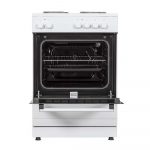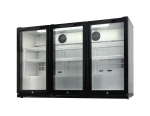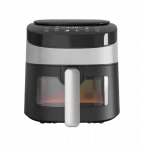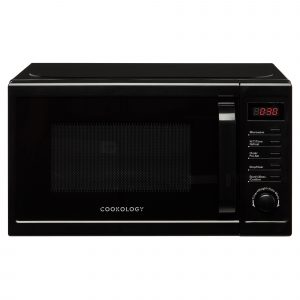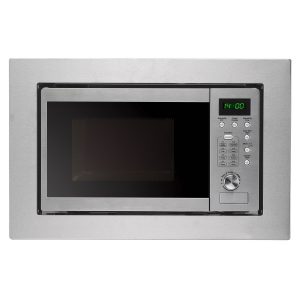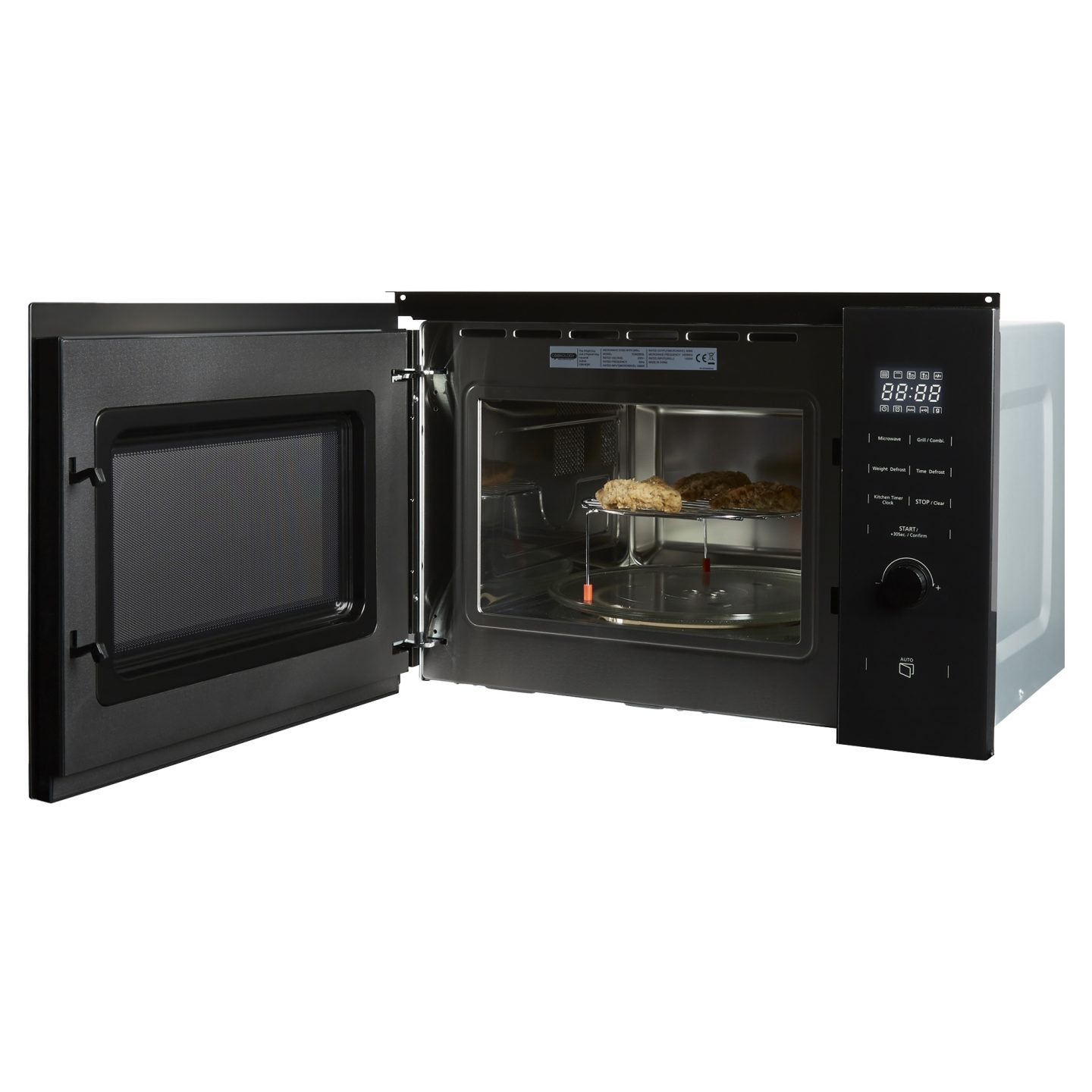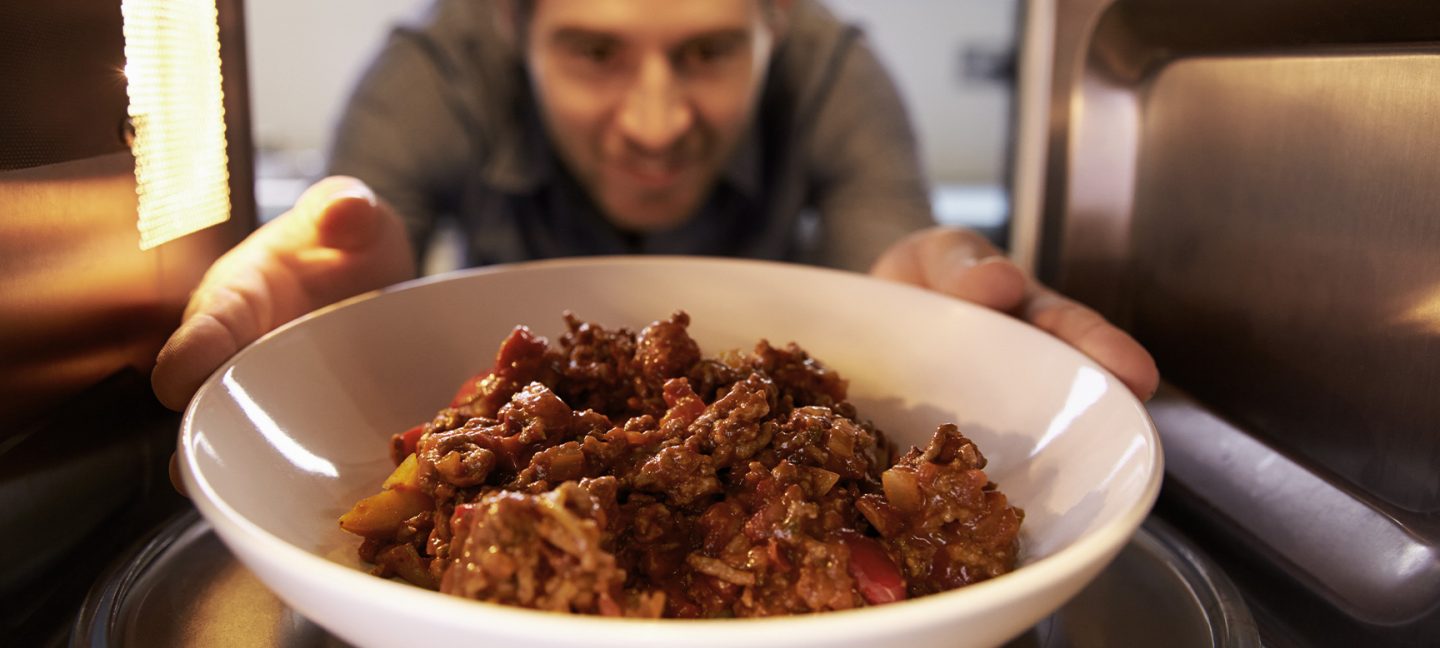Ever wondered when the microwave oven was invented, or who by? So have we. That’s why we decided to do a little research and put together a brief history of the appliance, from its birth right the way through to the present day.
We might take microwaves for granted nowadays, but once upon a time they were state of the art devices reserved only for a select few. Over the years, as their popularity grew, microwaves gradually became a kitchen staple; from home kitchens to offices and even commercial kitchens, microwaves are now absolutely everywhere. It’s hard to imagine a world without them.
Affordable, simple to use and powerful, microwave ovens are the king of convenience. Now, let’s learn a little more about their history.
When was the first microwave invented?
1945. Well, that’s when the first patent was filed for a microwave oven, anyway. The man who filed said patent, American engineer Percy Spencer, had been experimenting with the cooking power of microwaves for a few years prior.
After he joined the US Navy at the age of 18, Spencer eventually became a specialist in radar equipment, leading to a role at Raytheon manufacturing magnetrons for the US Department of Defense during WWII. The story goes that, while working with radar equipment, he noticed that the chocolate bar he’d kept in his pocket had melted – and concluded that the magnetron tube was to blame.
To prove his theory, Spencer began experimenting with other foods, including eggs and popcorn. Sure enough, when the magnetron was aimed at them, the popcorn popped and the eggs cooked, with one egg even exploding in an unlucky co-worker’s face. Spencer was onto something.
The next step? Creating a sealed metal box with an opening door and a magnetron tube on top, the perfect test bed for Spencer’s new invention. Little did he know, Spencer hadn’t just created a fun little tool for experimentation: he’d laid the foundations for the microwave oven we know and love today.
The original purpose of the microwave wasn’t cooking food…
Although we associate the word ‘microwave’ with microwave ovens nowadays, that wasn’t the case prior to Spencer’s miraculous discovery.
Instead of being used to cook food, the microwave-emitting magnetron tube was originally designed for radar systems. Created by engineers at Birmingham University in 1940, the device was instrumental in the allied War effort, helping detect enemy aircraft and boats before they could reach British and American shores.
It wasn’t until the war ended in 1945 that Spencer filed his microwave oven patent, paving the way for the appliance we’re familiar with today.
Explore our range of microwaves
When did home microwaves come out?
Just a year after Spencer filed his patent, the very first commercial freestanding microwave oven was released by Raytheon, the company Spencer worked for when he first made his discovery. Named the Radarange, it was enormous, expensive and complicated. Pitched mainly at restaurants, the Radarange used 1.6kW magnetron tubes to heat and cook food – and the tubes had to be cooled using a specially-designed water cooling system.
Raytheon allowed other companies to begin producing microwave ovens under licence from 1955, leading to the creation of the Tappan RL-1 – the first ever home microwave oven. It may have been smaller and wall-mountable, but the RL-1 was still astronomically expensive. It cost $1,295 at the time, or around $15,000 in today’s money. Ouch.
How have microwaves evolved over the years?
By the mid 1960s, microwaves were becoming a whole lot more affordable. A 1967 Radarange would have set you back a much more palatable $495, although this price point still put microwaves out of reach for most American households. In today’s money, the ‘67 Radarange would have cost a whopping $4,600!
Moving into the ‘70s, microwaves continued to tumble in price. A typical mid-’70s model cost in the region of $250-300 and came with more of the features we’re used to seeing on modern microwaves, like a cooking timer and a viewing window.
Although many ‘70s microwaves still looked a little unconventional (some had top-hinged doors, for instance), by the 1980s the formula for the modern microwave had been pretty well established. Yes, microwaves of this era looked distinctly ‘80s – but they had the side-hinged door, intuitive dials and rectangular shape we’re now so used to.
Throughout the ‘90s and beyond, microwaves firmly established themselves as a kitchen staple – and manufacturers gradually began adding new features to make them more versatile than ever before. As well as classic freestanding microwave ovens, we now have integrated versions, digital displays, defrost modes, combi models with built-in grills and even versions that feature a convection oven mode.
When did microwaves become popular in the UK?
The 1970s could be seen as the turning point for microwaves, as technological improvements meant prices fell to levels that simply weren’t possible previously. More affordable pricing, combined with an increasing emphasis on convenience and the rise of supermarkets and ready meals, allowed microwave ovens to grow significantly in popularity.
By the mid-1990s, 67% of British households owned a microwave. Just a decade later, this figure had grown to 90%, and by the mid 2010s 92% of households had a microwave.
Explore the Cookology range today
Need a new microwave? We’ve got you covered. From affordable standalone models to sleek built-in versions and combi microwaves with additional functionality, the Cookology range has something for everyone. Discover it today.


